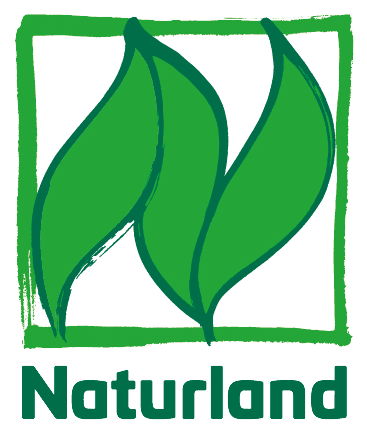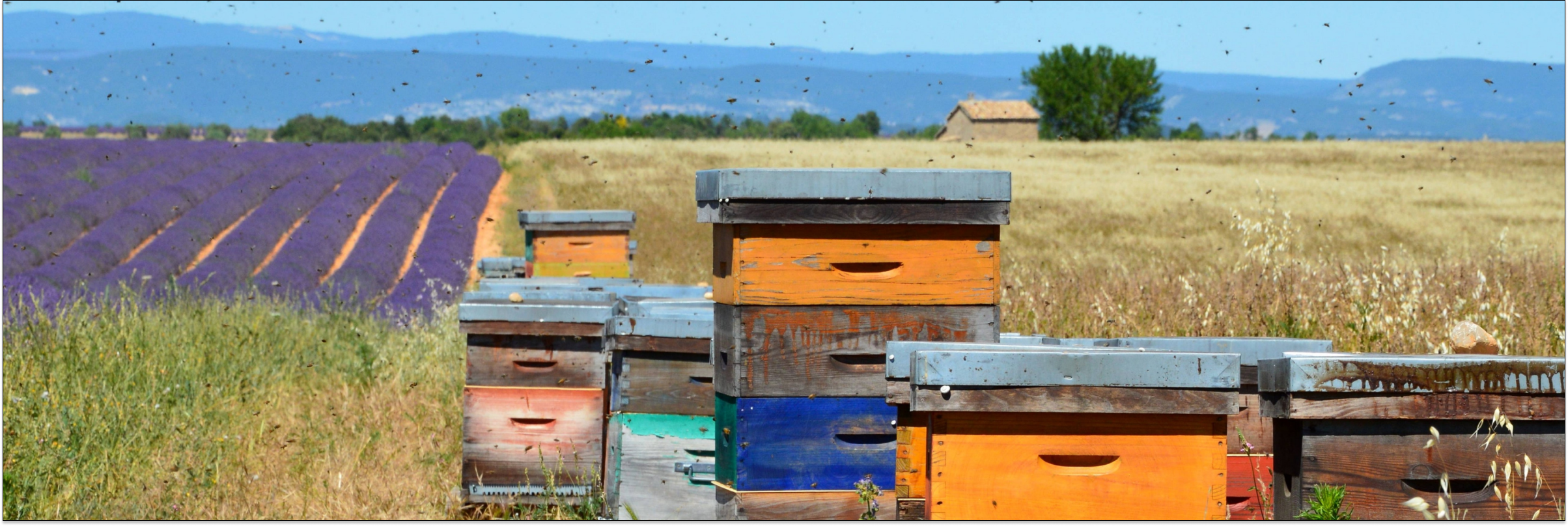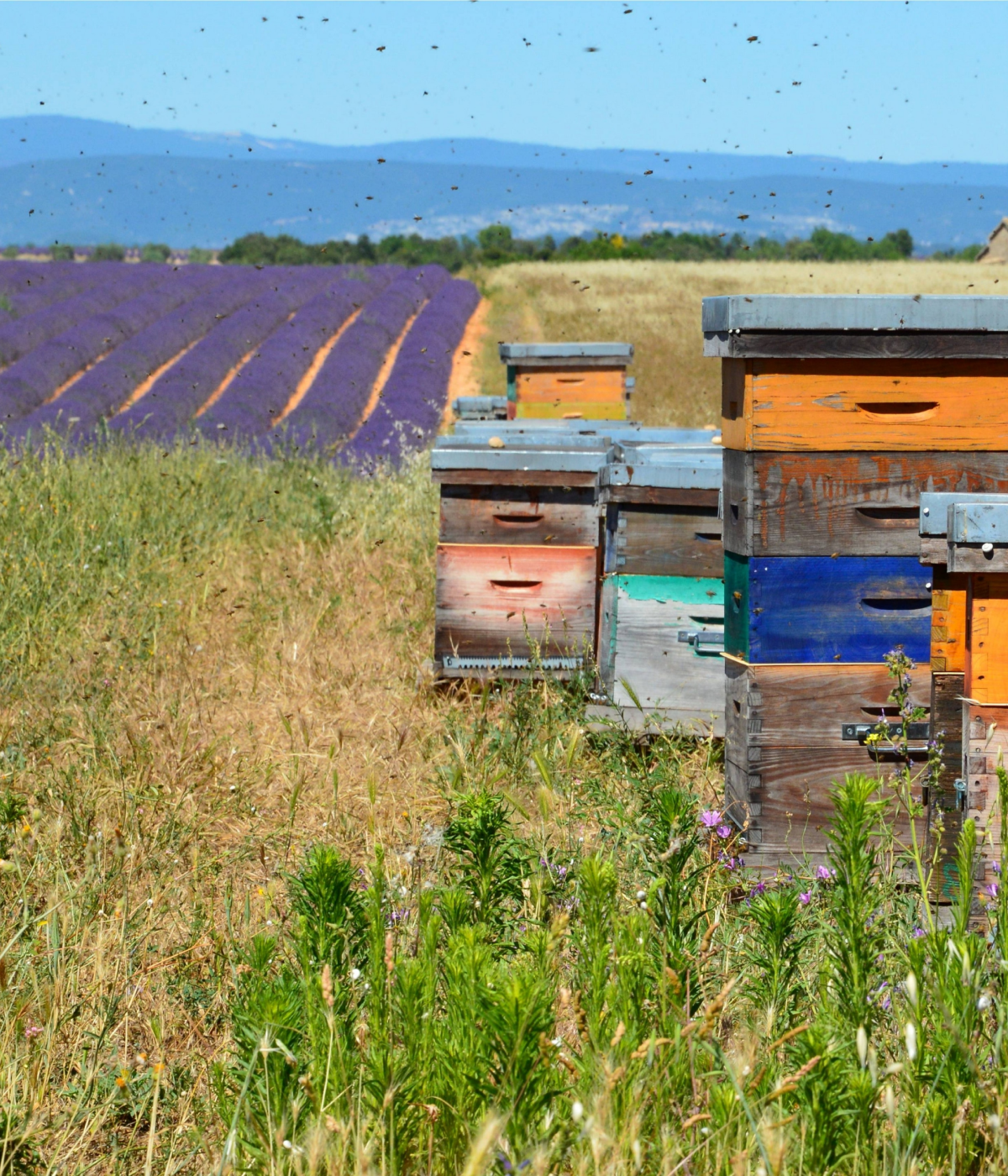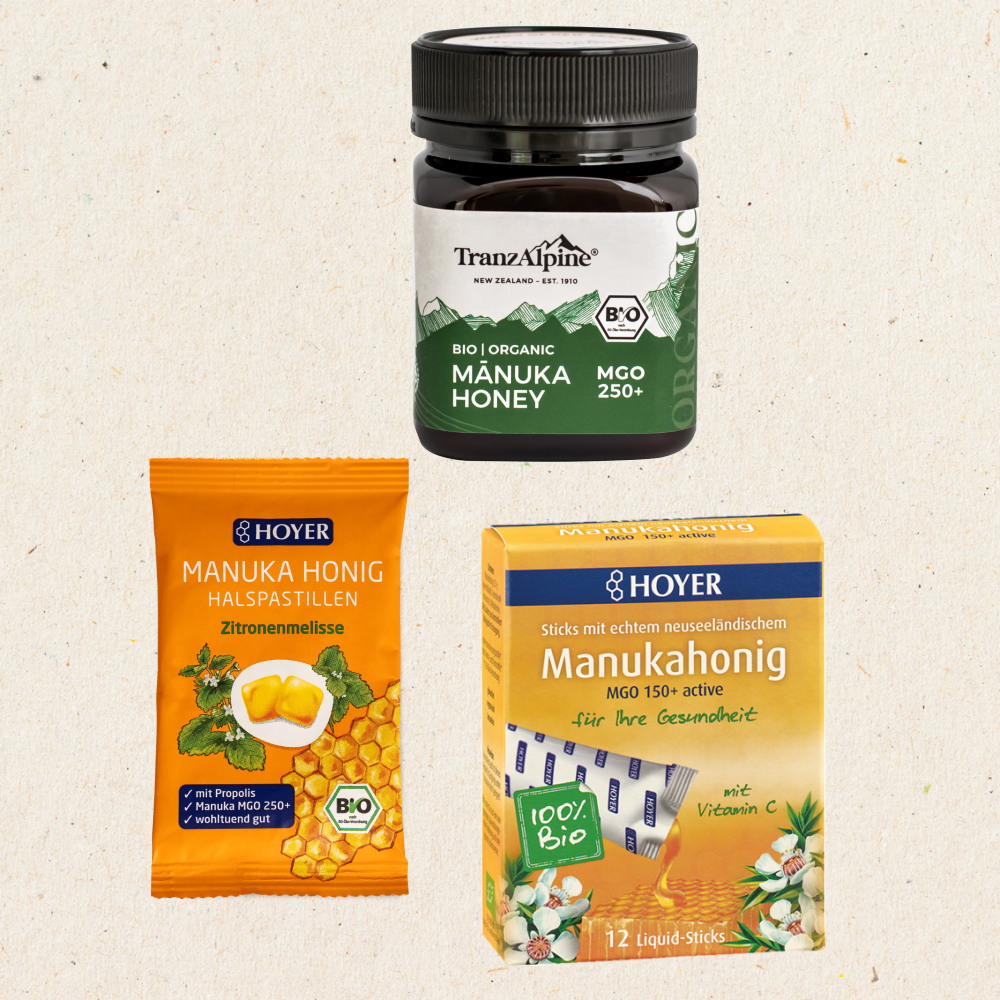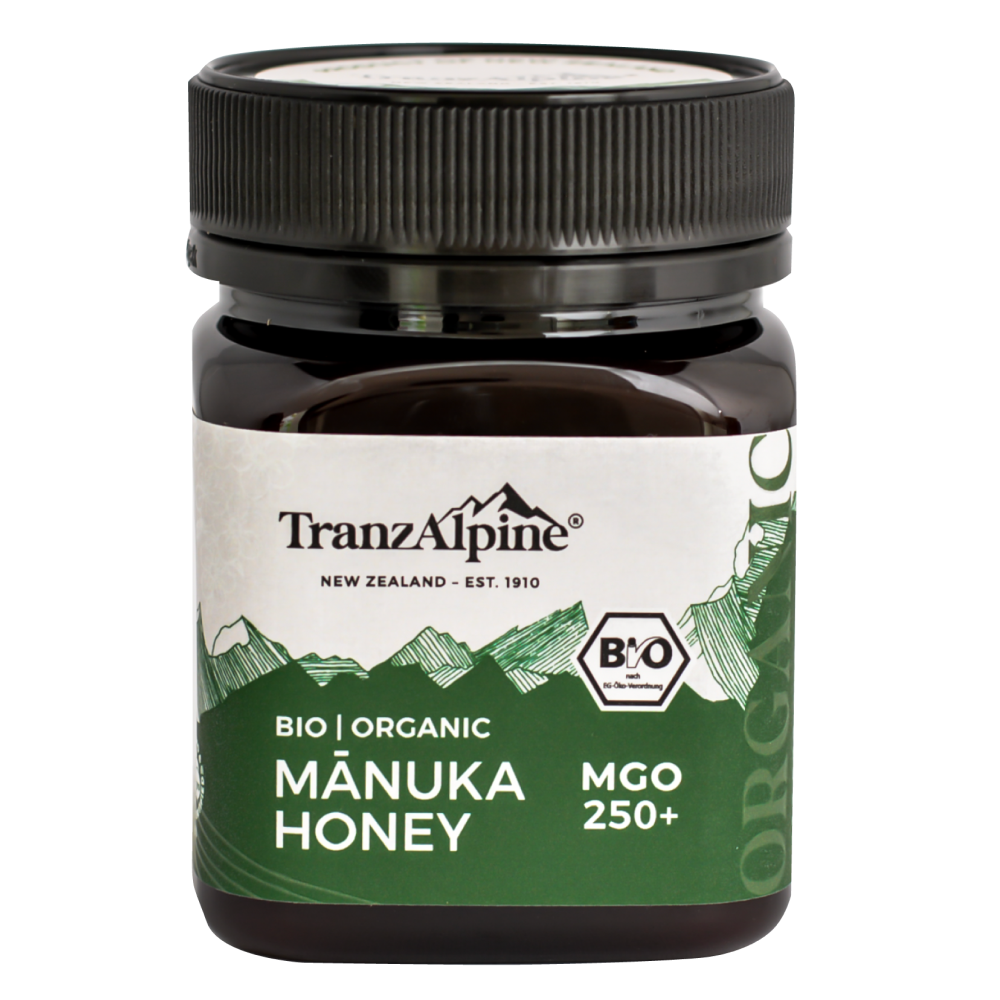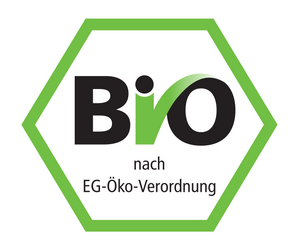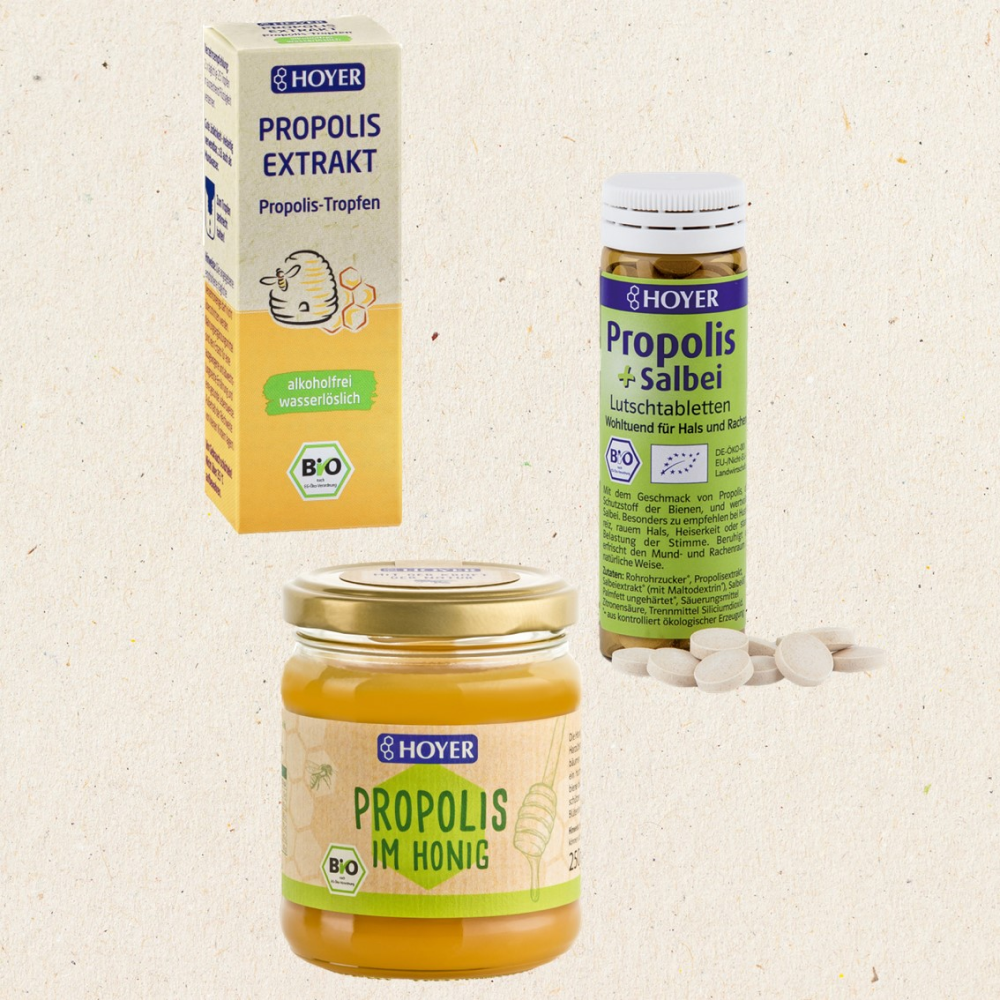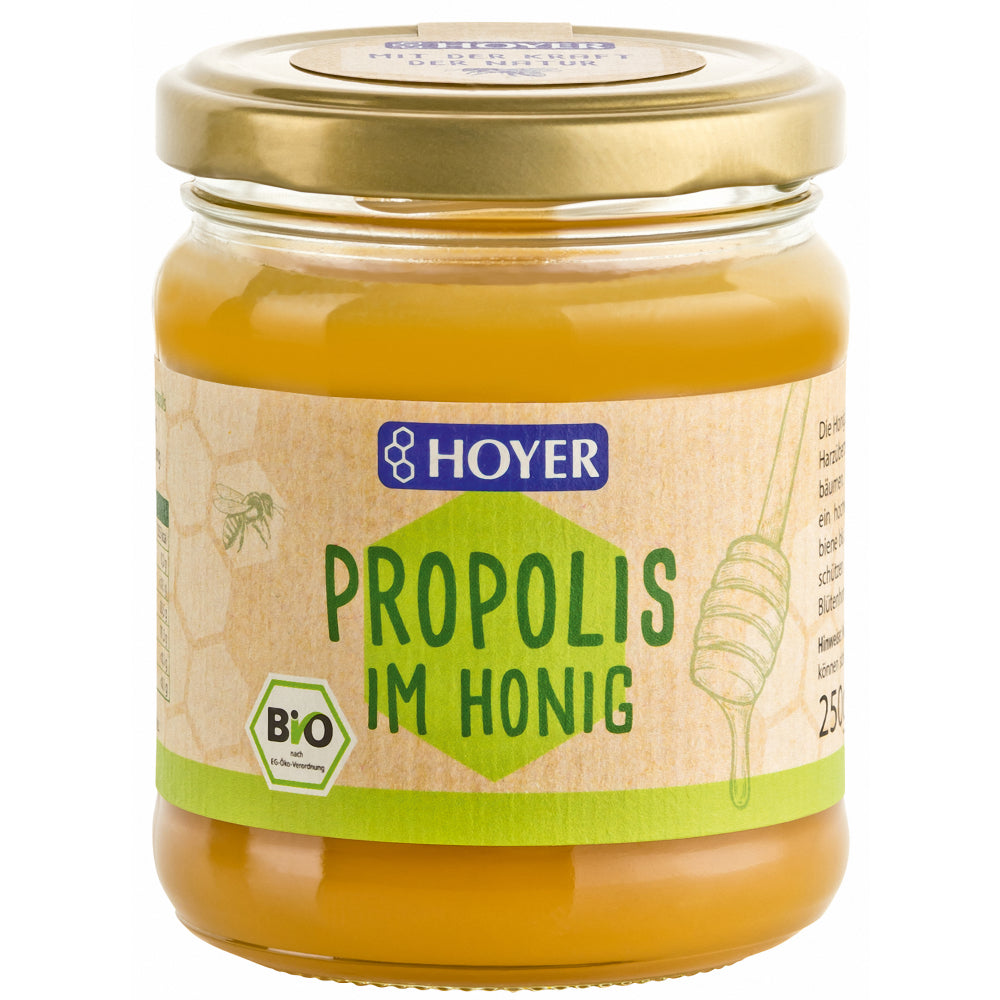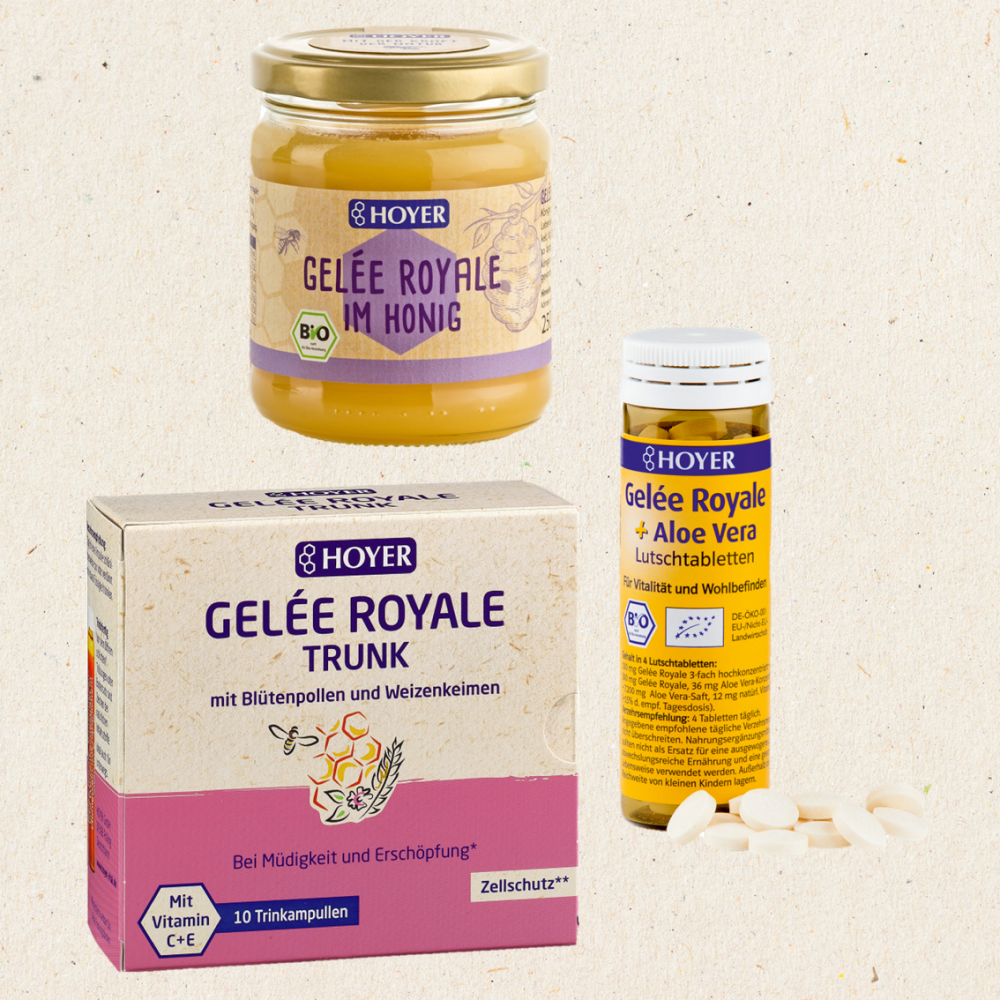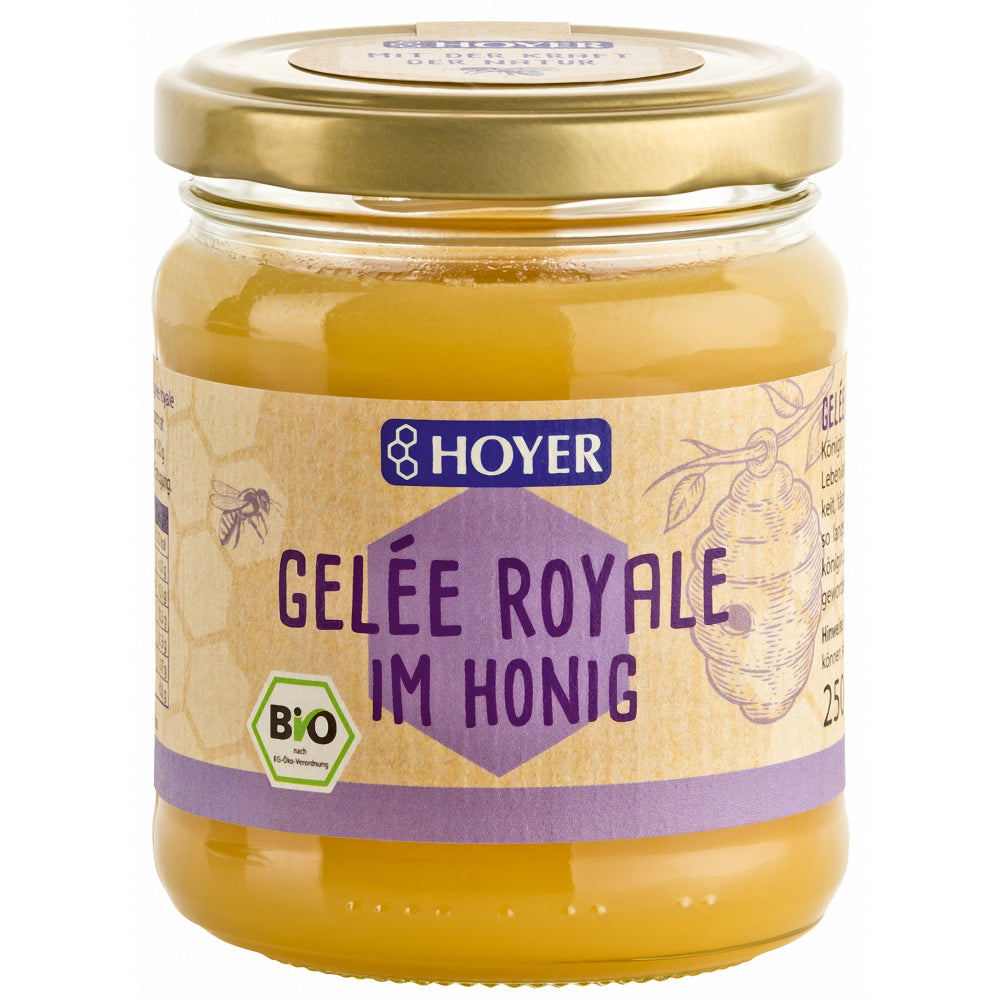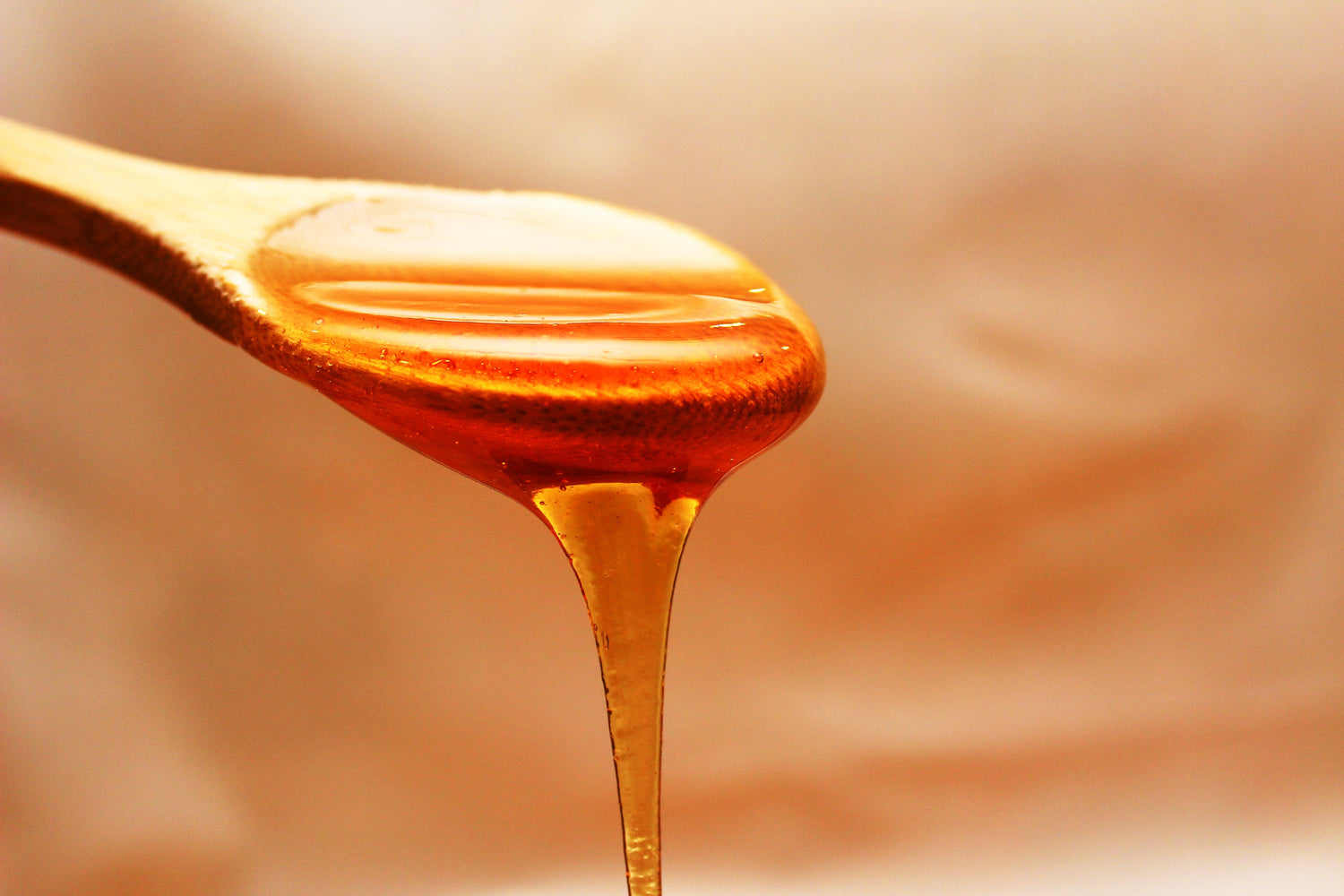
Organic vs. conventional
FAQ - Frequently asked questions about our honey
Why is it that some honeys are liquid and some are creamy?
What is the best way to store honey?
Why does HOYER offer honey from other countries?
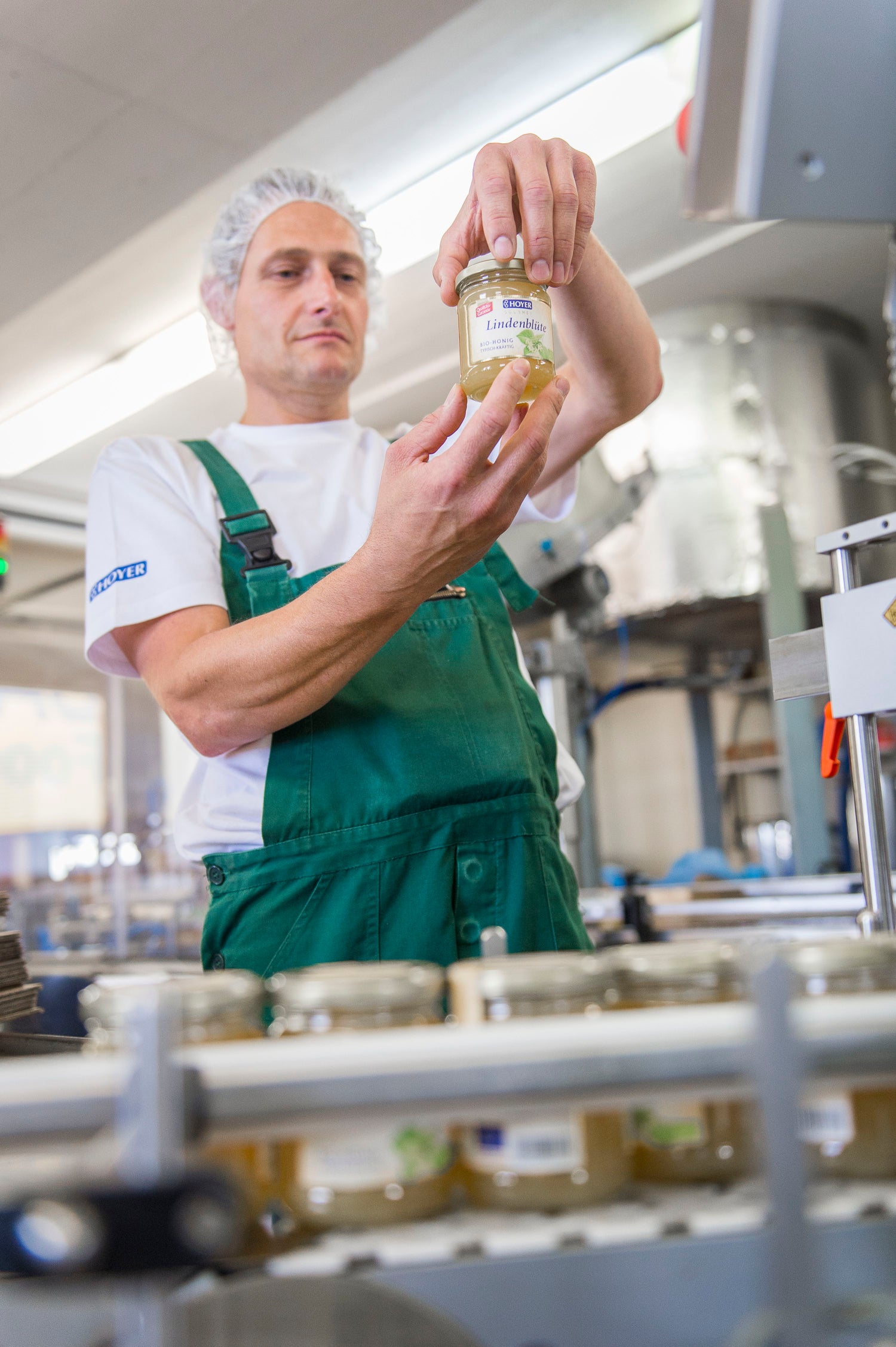
With the power of nature
HOYER
Founded in 1969 as a beekeeping business in Polling, Upper Bavaria, we can now look back on decades of experience from the production to the processing of high-quality beekeeping products.
HOYER stands for trust, enjoyment & reliability and we strive to uphold and continuously develop these values.
Dive into the world of bees and enjoy honey and other beekeeping products in the best organic quality.


